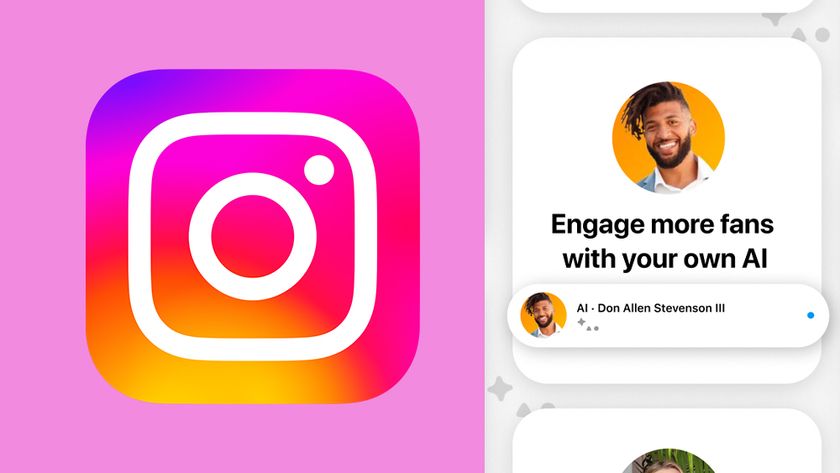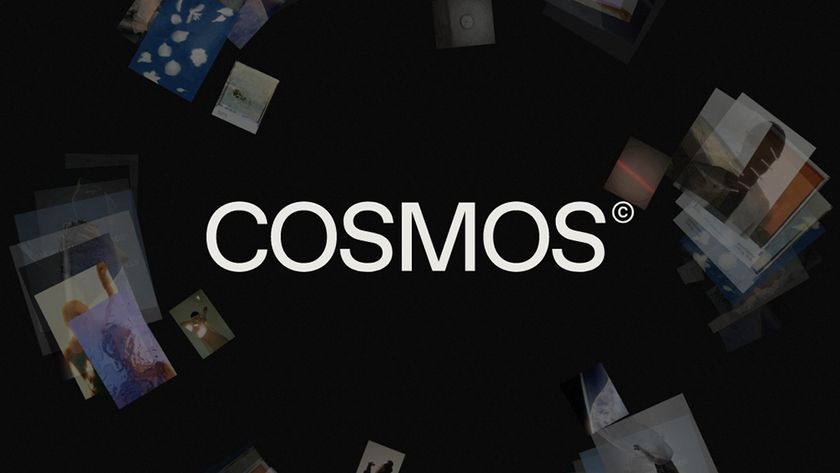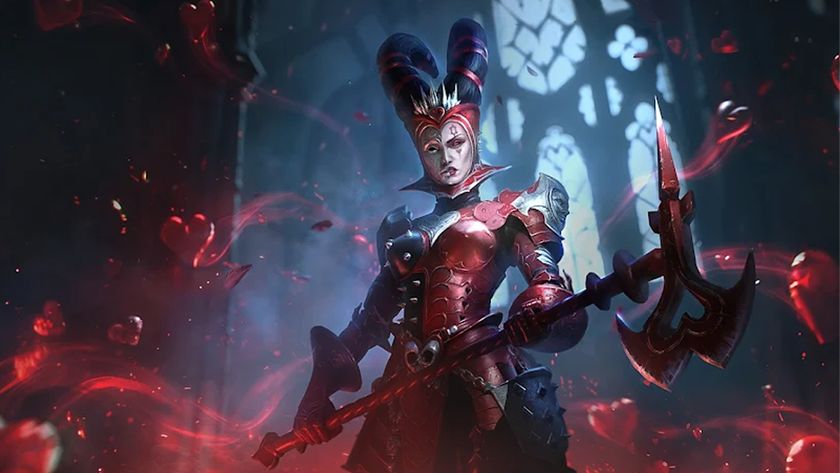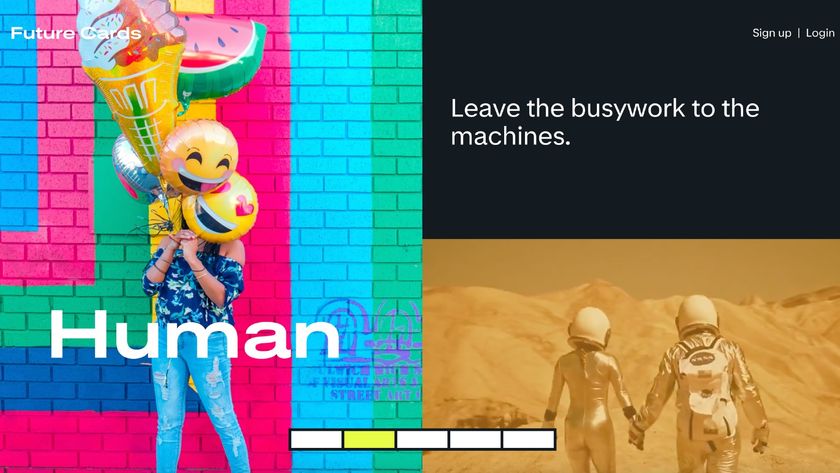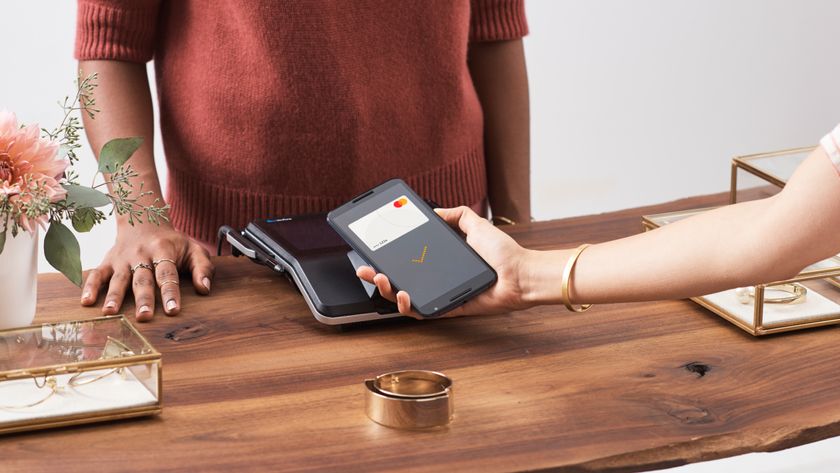9 social media tips for illustrators, graphic designers and creatives
Use Instagram and TikTok to make an impact and win more work.
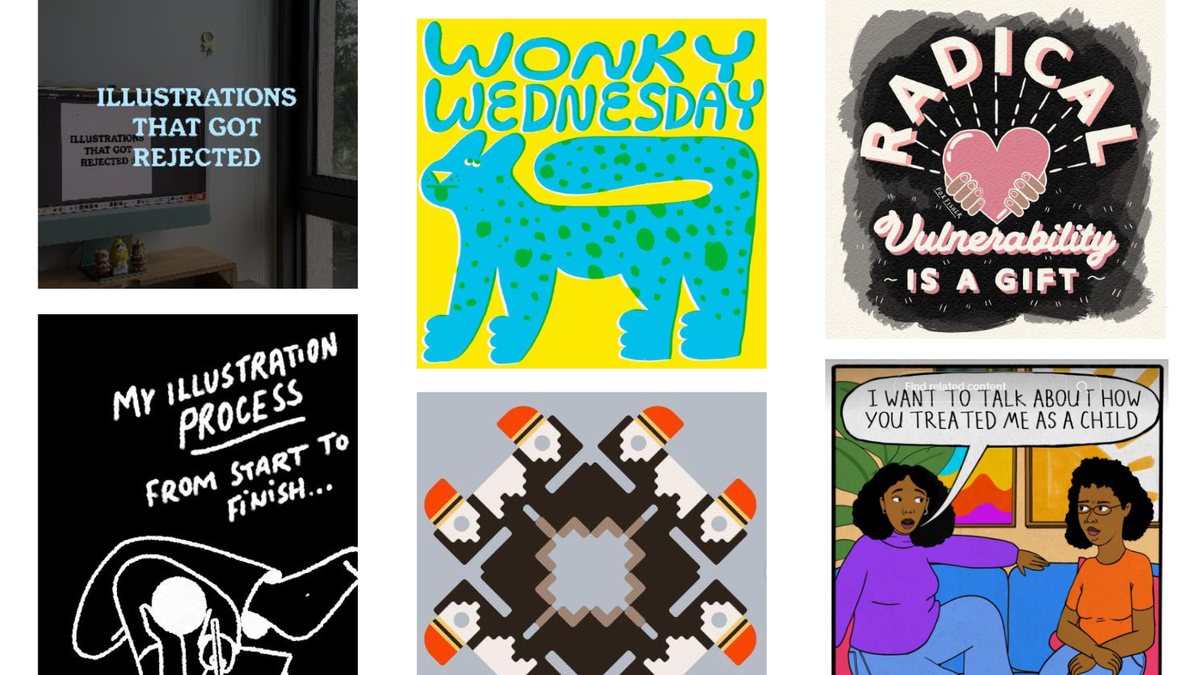
Social media provides a way for illustrators, graphic designers and other creatives to make their work known. From Instagram, which started as a photo sharing app but now puts the focus on Stories and Reels (short videos) to TikTok, a video-based app with a younger core audience that allows users can ‘remix’ and respond to other people’s content, and the suddenly popular Cara app, there are plenty of choices.
We all know that social media has positive and negative sides, but most creatives will want at least one social platform to help showcase their creative work. Right now, X (formerly Twitter) is problematic and awash with spambots, Facebook is struggling to attract the Gen Z audiences many of you are targeting, YouTube is less important for most designers, and LinkedIn can be cringe-inducing for its inspirational posts and echo chamber feel. That leaves Instagram and TikTok as the main options for most creatives to reach non-creatives.
We spoke to a range of different illustrators and graphic designers to learn their top tips on using social media effectively and on staying sane throughout changes to the algorithm (the way content is prioritised by the social media platforms), the user layout (like last year’s changes to TikTok’s typeface), or the trending topics we’re monitoring.
01. Keep it human
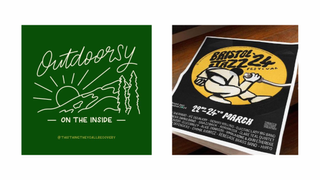
Jenny McGibbon is a graphic designer and founder of This Thing They Call Recovery (31.6k followers on Instagram; 166k likes on TikTok), an inclusive creative business that advocates for people living with chronic illness and disability. Jenny also created a range of GIFs for the inclusion organisation Invest in Access, which have been viewed more than 3 billion times.
“I'd encourage any designer to not forget the social aspect of social media marketing. Your ‘who’ and ‘why’ can be just as important as the ‘what’. Beyond digital portfolios, we can use social media to build community around our work and shared experiences,” says Jenny. “You don't have to show up in front of the camera if you don't want to, but making things personal and human is a real draw for people, particularly with the rise of AI-generated content.”
A post shared by Con McHugh (@con_mchugh)
A photo posted by on
For some creatives, this may mean going back to the drawing board, or indeed the sketchbook, as Manjit Thapp (an illustrator and graphic novelist with 126k Instagram followers) has found: “Personally, sketchbook posts using traditional media have ‘performed’ better than posts of my digital work, which is interesting. I try to post a few times a week, ideally with a mix of finished pieces, sketchbook work, and commissions.”
Meanwhile, illustrator and animator Con McHugh (69.5k Instagram followers; 101k TikTok likes) reminds us not to get caught up in the algorithm: “It’s good to have an eye on what performs well and what doesn’t – for a while I posted Reels because of this – but ultimately you need to make sure you’re creating the work you want to create. You should have a fair amount of separation between what you want from your work, and what the algorithm wants.”
02. Don’t be embarrassed to promote yourself
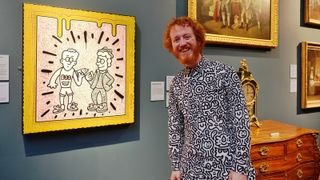
Mr Doodle, a.k.a. Sam Cox, is an illustrator and graphic designer with 2.9m followers on Instagram alone, and his first UK exhibition on show at the Holburne Museum in Bath until September 2024. It took him some time to adjust to promoting his work through his online accounts:
“To begin with, I didn’t want to have a public persona or photos of me on there; it didn’t feel like I was being a true artist,” says Sam. “People see a problem with self-promotion, but you have to manage that and see it as authentic: this is my work, and I want to get the work out to more people. Make an art out of that. Now I have no regrets about promoting what I do.”
Ultimately you must decide how much of yourself you want to reveal, and where the line is drawn between professional and personal, but you need to understand that sharing your artwork or your career success in an Instagram post isn’t boasting. Think of it like an interactive version of your portfolio.
Con has found social media useful for client-sourcing and collaborations: “For a while I relied entirely on Instagram and TikTok for bringing in smaller and medium sized commissions – and those clients I still have relationships with currently,” he says. “I’ve also realised how valuable collaboration projects are, and I’d like to do more of them in the future, which usually starts with a direct message to another artist I like, asking if they’re interested in collaborating.”
03. Share what hasn’t worked
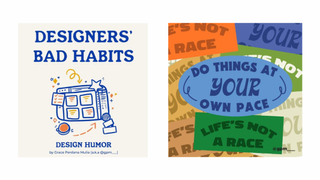
Grace Perdana Mulia (48.3k Instagram followers) is a graphic designer who not only shares completed design commissions, but also details of the creative process, including honest accounts of when her proposed designs have been rejected. Her post on designers’ bad habits has been liked by over 12.3k people.
A post shared by Grace Perdana Mulia | Graphic Designer & Illustrator (@gpm___)
A photo posted by on
"I want to share the importance of authenticity. Posting honestly about rejected designs and the design process has significantly boosted engagement with my audience,” says Grace. “Being vulnerable and transparent helps build a genuine connection with followers, making them more invested in your journey and work.”
04. Find the story
A post shared by Noma Bar (@noma_bar)
A photo posted by on
Graphic artist Noma Bar joined Instagram during the COVID-19 pandemic, and now has 38.5k followers. He posts regularly and concentrates on storytelling through his content. His clients include Apple and The Economist.
“Make sure that every post has a story behind your artwork. My approach involves posting stories, and the focus is on the work itself,” says Noma. “I view social platforms as billboards for my work: it’s been a natural extension of my two-decade career. As a graphic storyteller, I’m deeply invested in exploring my graphic art to minimal lines to tell a story.”
05. Take people through a process
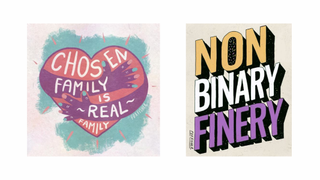
Fox Fisher is a creative polymath, producing books, comics, films, gifs (with two billion views on Giphy), screenprints and more. Fox makes LGBTQIA+ and particularly trans and non-binary positive illustrations, sharing their experience as a brown, queer, trans-masculine person, to 46.2k followers on Instagram and 240k likes on TikTok. They have worked with the V&A, Tate Modern, and the NHS.
“I’ve had success with a TikTok featuring the process of screen printing trans-positive art onto book pages, from books donated to me by trans people who fell out of love with the author. This feels like alchemy and it really connected with people,” says Fox. “After posting the TikTok, I made about 80 sales of this particular screen-print edition. My shop is connected to Instagram and Facebook, and I do make sales through that, although I’m always trying to strike a balance between entertainment and making sales.”
@thefoxfisher ♬ original sound - Fox Fisher
By showing the key stages of screen printing from start to finish in this video, starting with removing the book pages and ending with the screen-printed final pieces drying on a rack, Fox takes viewers on a practical mini tour. TikTok is great for instructional creative videos that people can follow along.
Meanwhile, Monika Verma has used Instagram to share her Adobe Illustrator tutorials and drawing processes, and she now has 79k followers. “Consider offering tutorials or design tips related to the software you use; experiment and see what resonates with your audience,” she says. “My follower count skyrocketed from 2k to 10k in just a few weeks. I’ve also noticed a big jump in engagement when I post reels showcasing my illustration process; sharing behind-the-scenes glimpses can even attract potential clients.”
06. Be consistent
A post shared by Sarah A (@sarah_akinterinwa)
A photo posted by on
Sarah Akinterinwa is a cartoonist and illustrator whose work has been featured by the New Yorker Magazine, the Guardian, the LA Times and the Wellcome Collection; she’s also the author of Why You’ll Never Find the One. 15k followers on Instagram and 154.2k followers on TikTok stay up to date with Sarah’s relatable and recognisable illustrations, exploring issues like dating, friendship and insecurity. Her TikTok post about neglecting platonic friends when you’re in a relationship has 24.4m views.
“Social media is one of the best ways to promote anything. I do try to be consistent to maintain my presence. If I’m ever trying to promote something, I make sure to talk about it as much as possible and somehow weave it into my content,” says Sarah. “Putting your art online could also attract your next client or big opportunity.”
07. Post about causes that matter to you
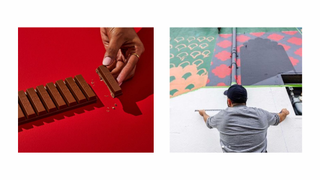
Mustaali Raj (30.6k Instagram followers) is a designer and artist whose work explores identity issues; he designed the limited edition Iftar Bar packaging for KitKat Canada, created a mural for Vancouver Mural Fest, and founded the creative platform 30 Days of RMDN, to celebrate Islamic design. He finds the key to Instagram is to be “true to yourself”.
“Instagram, in particular, has been a useful tool in not only putting my work out there but also being able to share and amplify social justice projects,” says Mustaali. “For example, a lot of my posts about Palestine have unfortunately been shadow-banned, but there have also been a few that have gone viral, so having a constant output of content becomes key to achieving success long-term.”
08. Be prepared for comments
A post shared by Fox Fisher (@thefoxfisher)
A photo posted by on
Anyone with a public social media account will get a nasty comment at some stage, but those running creative businesses will know that it can sting and feel very personal. Resilience is key here.
“Over the past 12+ years I’ve had a lot of people leave both positive and negative messages online. In fact, not a day has passed where I haven’t received nasty messages on all social media platforms,” says Fox. “However, I’ve developed a thicker skin; despite their insults, I know exactly who I am and there’s nothing people can say that I haven’t heard before.”
Both Fox and Sarah agree that it’s important to respond to most messages to thank people. “I try my best to reply to as many comments and messages as I can. I always appreciate the kind responses to the work I put out, and I want people to know that. But I have to remind myself that I’m human and it’s okay if I can’t reply to everyone,” says Sarah.
“I make sure to block, ignore or delete nasty comments and direct messages. The more I grow, the more of these I get, unfortunately. But on social media, this is inevitable. It reminds me to look inwards and focus on the positive work I’m doing, despite any negativity.”
09. Give back to the online community
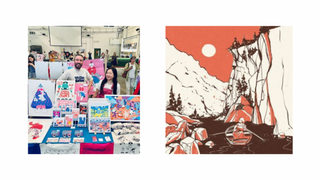
Lucy and Patrick run illustration and design business Yuk Fun, selling T-shirts, tea towels, prints and more, with 77.9k Instagram followers. “Our top tip for using Instagram is to make sure you're actively engaging with other people on there - to treat it like a real community of artists you admire and support. Before and after we post on Instagram, we make sure to scroll through the feed to like and comment on other people's posts. It could just be superstition, but we think this helps with getting your posts seen,” says Lucy.
“Focusing on cultivating Instagram as an enjoyable place to hang out with other creatives is a really good way to not get down about any algorithm changes that are out of our control. We've met and made friends with some wonderful people through Instagram.”
@outridercreative ♬ Once Upon a Dream - Invadable Harmony
Ryan Lynch, a vintage-inspired illustrator, designer, game creator and founder of Outrider Creative (22k Instagram followers and 573k likes on TikTok), agrees: “I try to remember to use social platforms as actual networking tools. For me, that means forging real connections and conversations with indie bands, music venues, game designers, and entrepreneurs. It also means making video content that's easily accessible and provides value for someone who might not be an illustrator or designer, but might enjoy insights and inspiration from one.”
Monika echoes this: “I spend around half an hour daily engaging with followers (liking comments, answering questions) and fellow illustrators: supporting their work, learning from their experience. This fosters a sense of connection and grows my business.”
So, what have we learned? No matter how you choose to embrace social media, remember it’s a two-way street. The key to crushing impostor syndrome and to make yourself stand out is to remember what you do differently. The last word, then, should go to Jenny: “No one is doing it exactly like you do; lean into that.”

Thank you for reading 5 articles this month* Join now for unlimited access
Enjoy your first month for just £1 / $1 / €1
*Read 5 free articles per month without a subscription

Join now for unlimited access
Try first month for just £1 / $1 / €1
Get the Creative Bloq Newsletter
Daily design news, reviews, how-tos and more, as picked by the editors.

Polly Allen is a freelance journalist and marketer based in Bristol. She specialises in travel and lifestyle journalism, including art reviews. As a marketer, she has worked for the charity sector, the travel industry, the museum sector, and healthcare organisations.




